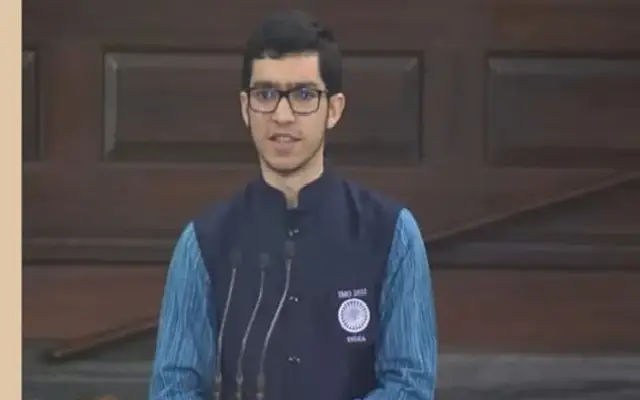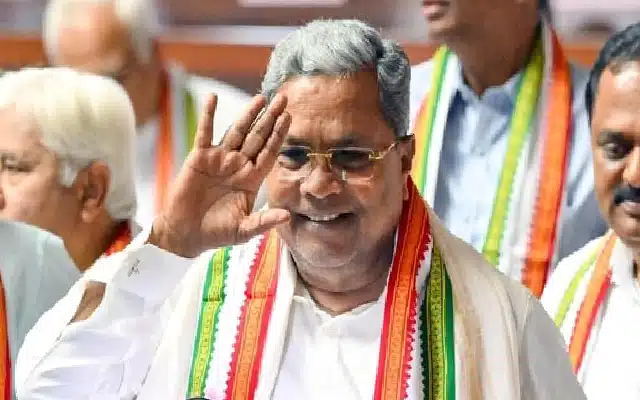
Video dubbing is a post-production process in filmmaking and video production. It involves the mixing of additional or supplementary recordings with original production to create the finished soundtrack. It can also involve translating talk into another language while the video is being shown. There is text to speech online software that dub video content using computer-generated text to speech voices that closely resemble the voice signatures of professional voice-over artists.
Dubbing also refers to the replacement of voices with those of different performers that are speaking another language. There are some differences and similarities between video dubbing and voiceovers. Voiceovers can be used in more than one way. It can be used as an internal dialogue for a character, for example. Voiceovers are also used to translate the dialogue spoken in a foreign language to listeners. This type of voiceover is mostly used in documentaries when the person being interviewed speaks a foreign language. In situations such as that, the voiceover usually lags a second or more behind the speaker to help the audience get what the speaker is saying to the camera.
The differences between dubbing and voiceover are in terms of how noticeable they are and their purposes. Voiceovers generally serve a creative storytelling purpose as seen in narrative films, or are used for direct translation, such as in documentaries. However, dubbing when done effectively is unnoticed by the audience. It can be used to replace on-set sound or relay dialogue in another language.
Apart from voiceovers, lip-sync and lecturing are similar to dubbing. In a lip-sync, the original video is replaced with another audio or language. However, it is made to match succinctly with the speaker’s mouth movement. In lip sync, the word choice is highly important. It is necessary to get words that will fit with the movements of the speaker’s mouth while the meaning of the original script is still maintained. Lip sync is very precise and it gives the most natural effect for the viewer. It is commonly used in the French, German, Italian, and Spanish markets and is also used for children’s programming in many countries.
Lecturing is unique as it involves only one voice repeating the dialogue spoken. The voice does not capture the tone, style, or other speech characteristics of the original content. The focus is on repeating what the other speakers are saying. There are many industries that use dubbing for translation and replacement needs. For example, dubbing and voiceovers are important for news broadcasters especially when conveying information to an international community. Dubbing is also used in video games to translate audio content for international audiences. For emergency notifications or important announcements and broadcasts, the information needs to be dubbed so that everyone can understand. Dubbing/voiceover is widely used in cartoons, especially voiceovers as the mouth movements are not glaring, compared to live actors or TV broadcasts.
In advertising, it is useful for demonstrators and in cases where there are no visible speakers. It is widely used in video advertising on TV, social media, or interactive digital ads.
















